Chess, a game that spans centuries, is not just known for its intellectual rigor but also for the aesthetic and functional design of its pieces. The durability of these pieces is an essential factor for both casual players and collectors alike. This article will explore the factors that contribute to the durability of chess pieces, the materials used in manufacturing them, and how to maintain and ensure their longevity.
Factors Affecting the Durability of Chess Pieces
Durability in chess pieces is influenced by several factors including the material used, the manufacturing process, the frequency of use, and the storage conditions. A well-made chess set can withstand years of use, while a poorly manufactured set might deteriorate or break after only a few games.
Materials Used in Manufacturing Chess Pieces
The choice of material significantly impacts the durability of chess pieces. Below are some popular materials used and how they affect the longevity and robustness of the pieces:
- Wood: One of the most traditional materials for chess pieces. Durable woods like ebony, rosewood, and walnut are prized for their solid, dense properties. Wooden chess pieces can last for decades if crafted well and maintained properly. However, wood is susceptible to damage from moisture and extreme temperature changes, which can cause cracking and warping.
- Plastic: Plastic chess pieces are extremely popular, especially for educational and travel chess sets, because of their affordability and durability. ABS plastic is a common choice due to its resistance to physical impact and its lightweight nature. Some plastic sets are nearly indestructible, making them suitable for frequent use.
- Metal: Often chosen for decorative and luxury chess sets, metals like brass and pewter are used. These pieces are heavier and typically very durable, but can be prone to oxidation or tarnishing without proper care. Metal chess pieces offer a pleasant heft and stability during play.
- Stone: Marble and alabaster are common stones used in chess set design. These materials add a unique beauty and substantial feel to the pieces. However, stone chess pieces can be brittle and are susceptible to chipping or breaking if dropped.
- Glass: Glass chess pieces add an elegant and modern touch to any game collection. While stunning to look at, they are the least durable material for chess pieces. Glass can easily break, and even minor falls can lead to chips or shattering.
Manufacturing Process
The durability of chess pieces is also heavily reliant on the manufacturing process. Hand-carved chess pieces, particularly those made from high-quality wood, can be more durable due to the meticulous attention to detail often given during the carving process. Machine-made pieces, especially those in plastic and metal, benefit from precise and consistent shapes and sizes that enhance their durability. However, the quality of the molds and the material formulations also play a significant role.
Maintenance and Longevity
Proper maintenance of chess pieces is crucial for ensuring their longevity, regardless of the material from which they are made. Here are some maintenance tips for the different types of chess pieces:
- Wood: Avoid exposing wooden chess pieces to sunlight or moisture. Use a soft, dry cloth to dust them regularly. Every few years, consider reapplying a protective varnish to seal in the wood and protect it from humidity.
- Plastic: Plastic pieces are the easiest to maintain. They can generally be cleaned with soap and water. However, avoid using harsh chemical cleaners as they can degrade plastic over time.
- Metal: Keep metal chess pieces dry and polish them regularly with a suitable metal polish to prevent tarnishing. For pieces that are already tarnished, a cleaner designed for that specific metal can restore their shine.
- Stone: Wipe stone chess pieces with a damp cloth and dry them immediately. If the stone seems dull, a stone polish can enhance its natural patterns.
- Glass: Use a microfiber cloth and non-abrasive glass cleaner to keep glass chess pieces sparkling. Be gentle to avoid chips and cracks.
Conclusion
The durability of chess pieces is a multifaceted aspect that hinges on the choice of material, manufacturing quality, and maintenance practices. Whether you are a casual player, a serious competitor, or a collector, understanding these elements can help you choose the right chess set that not only meets your functional needs but also withstands the test of time. With proper care and handling, even the most delicate chess pieces can continue to provide enjoyment and challenge for many years to come.
Explore our large collection of beautiful chess sets!

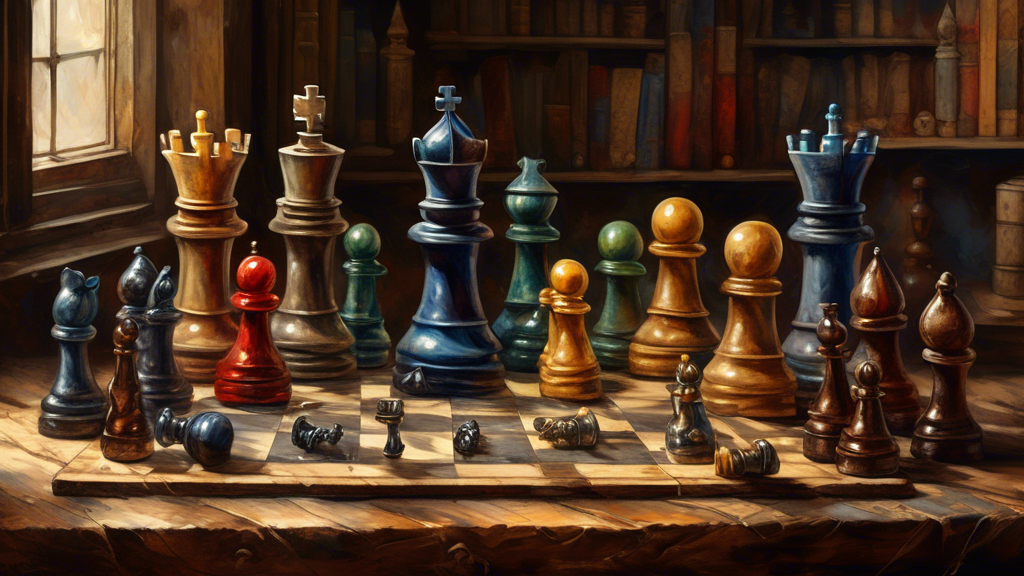
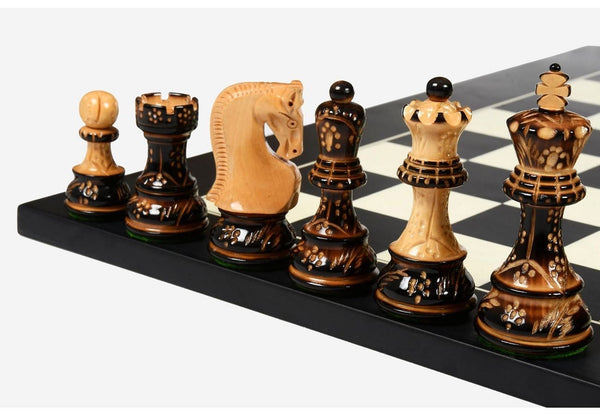
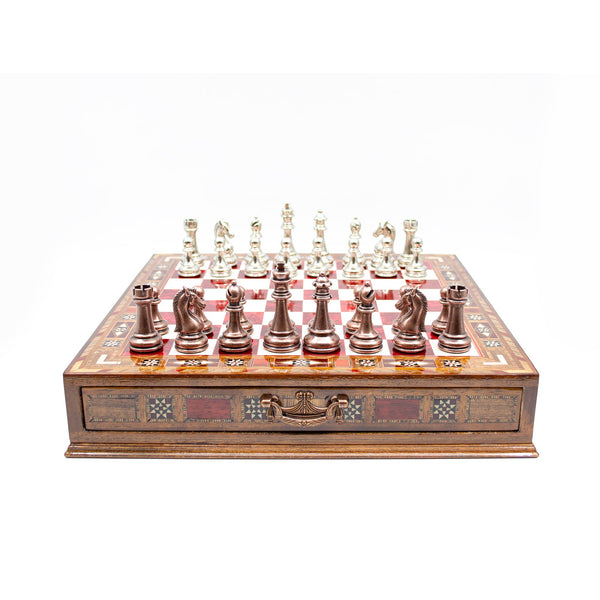
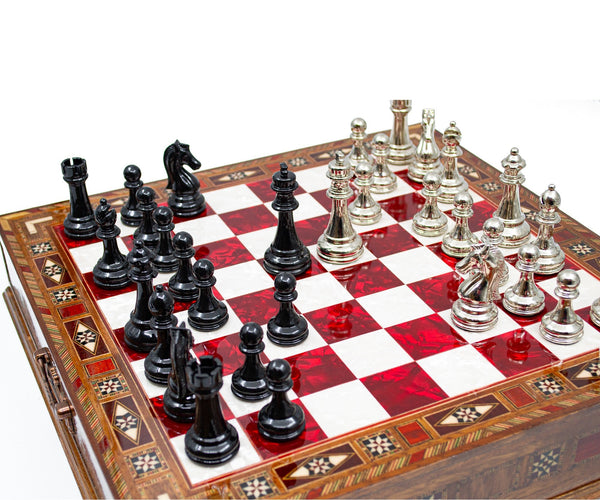
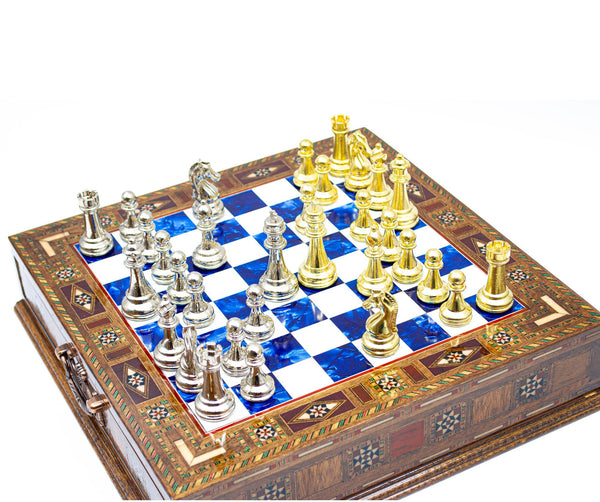
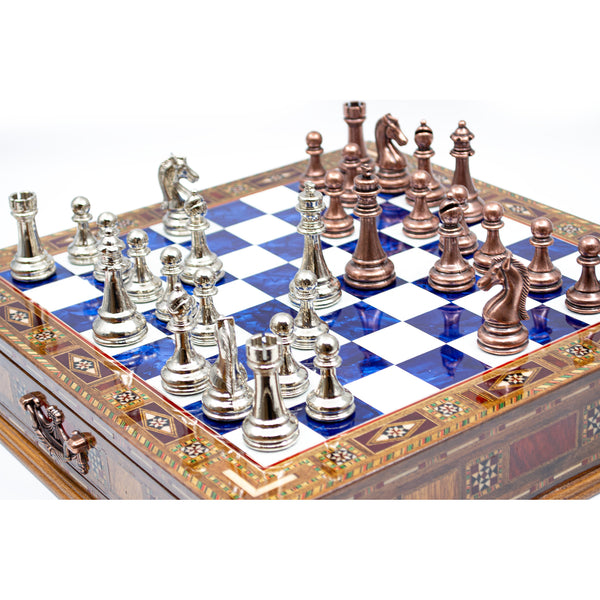
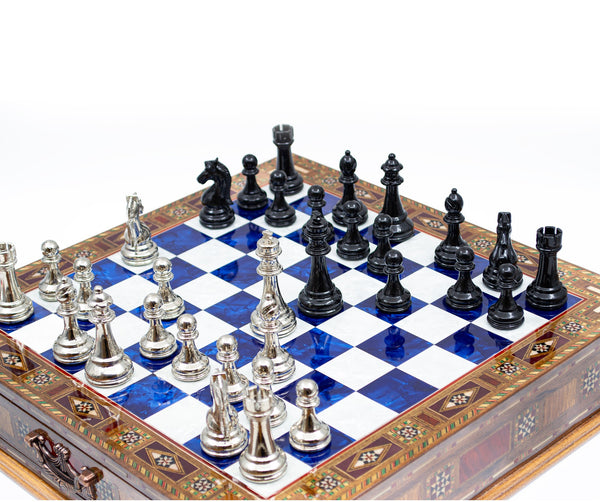






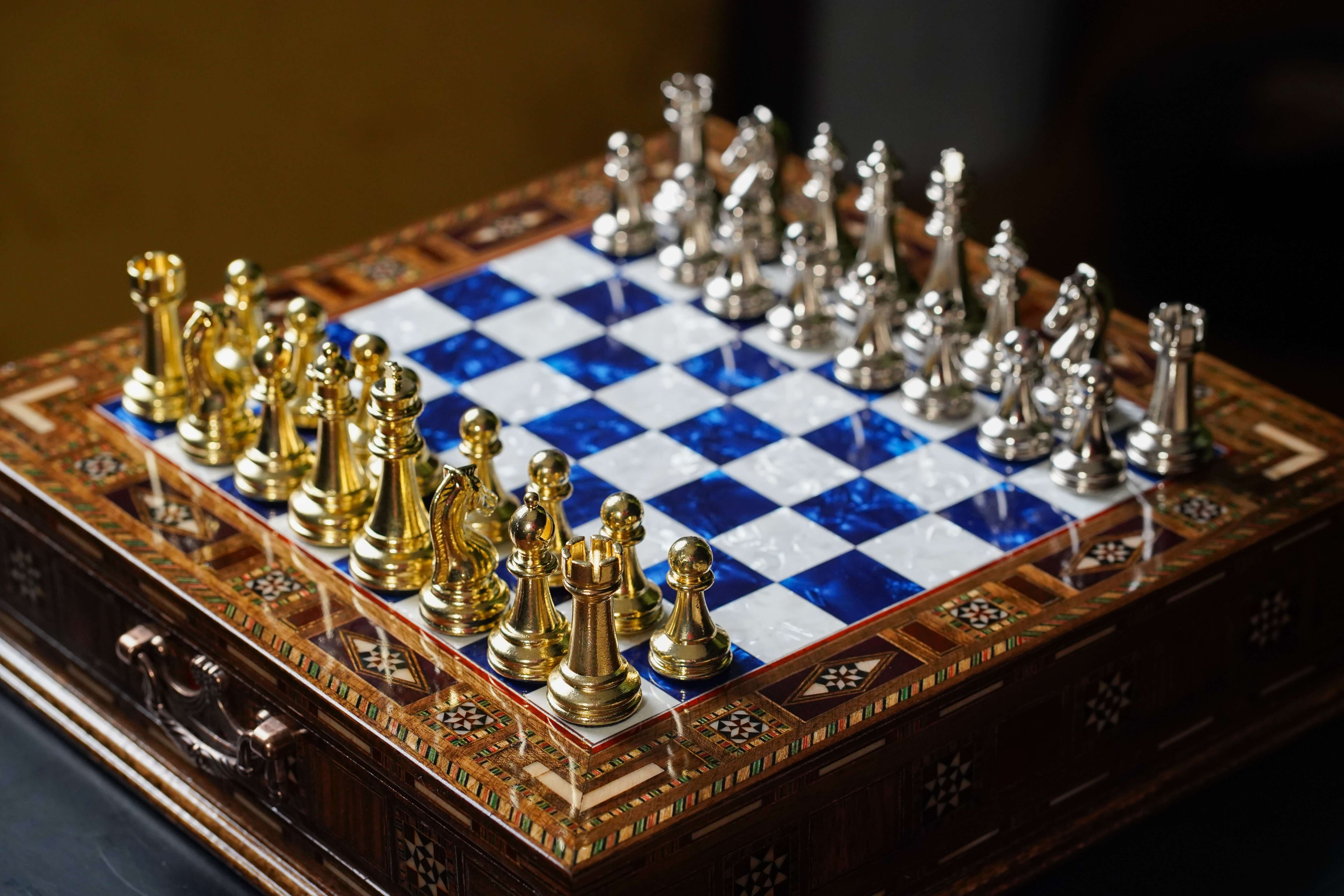
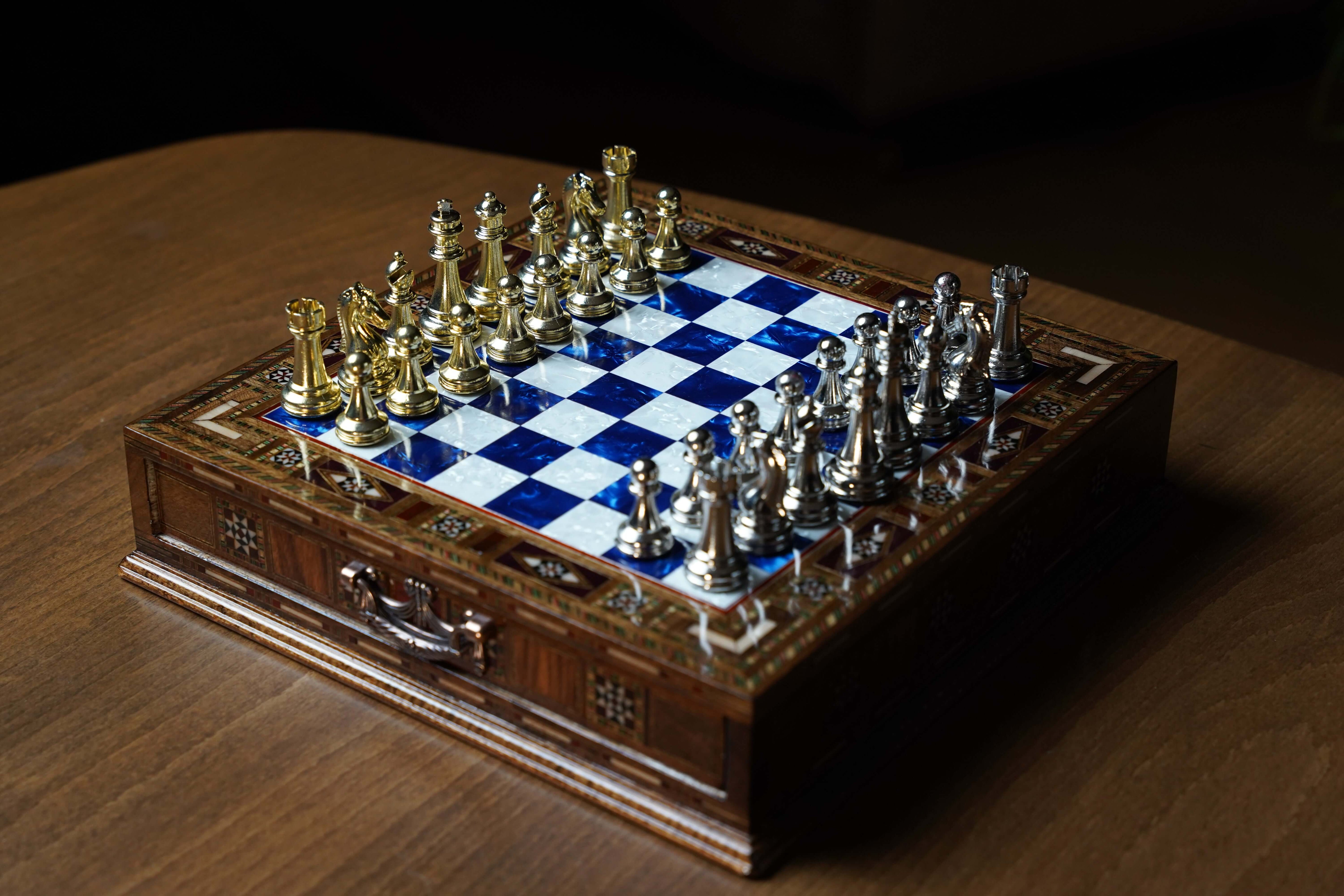
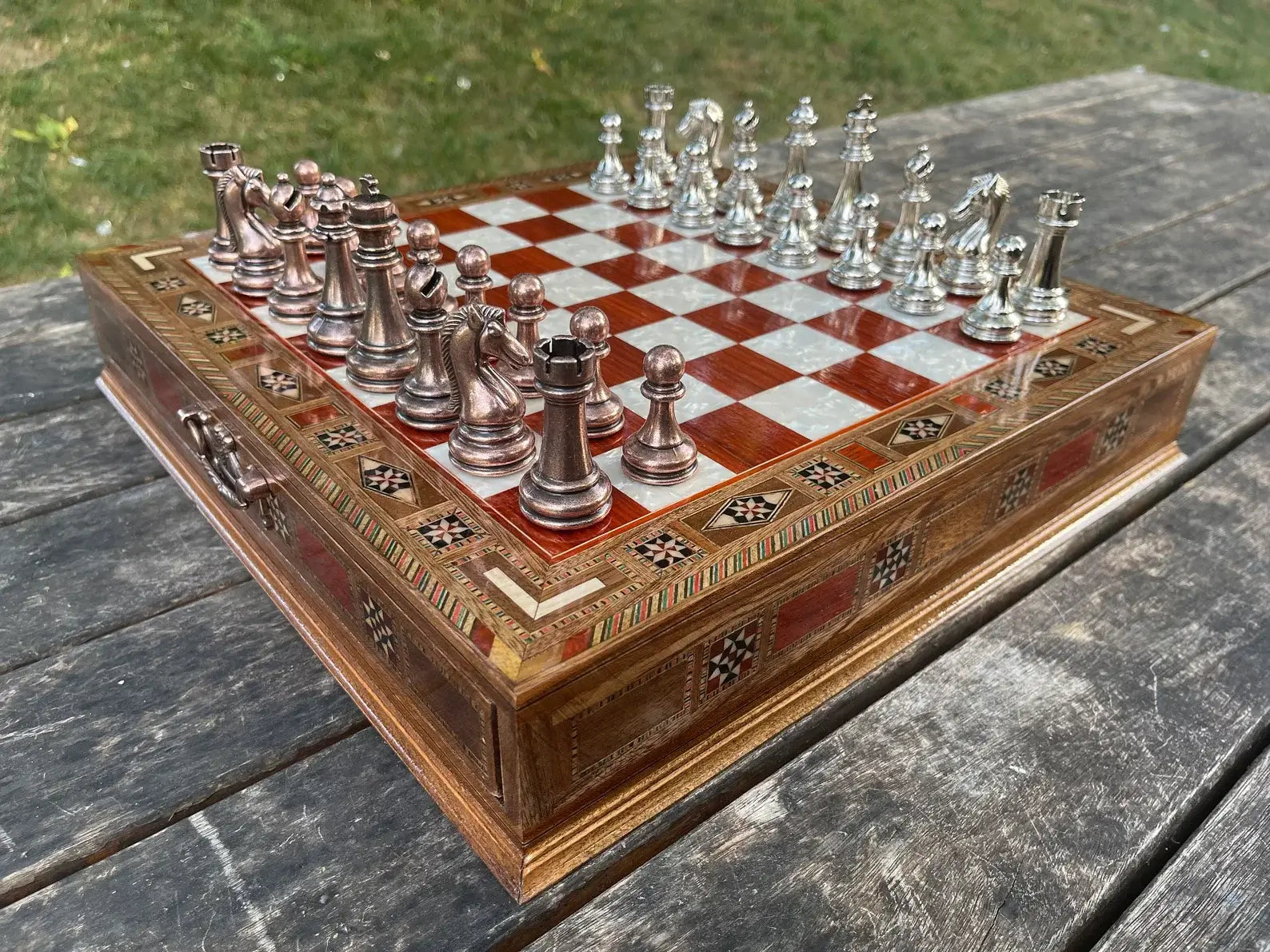
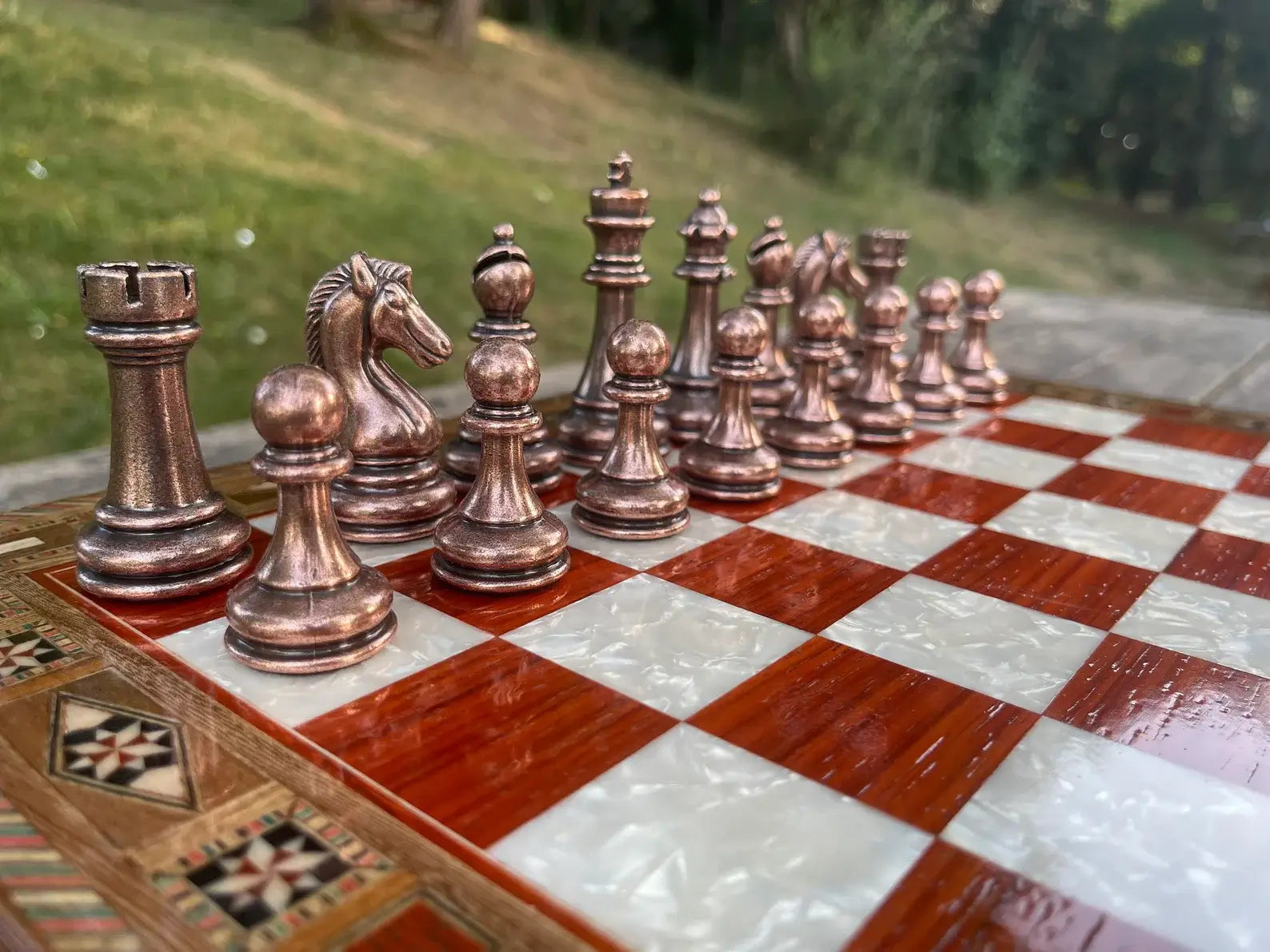
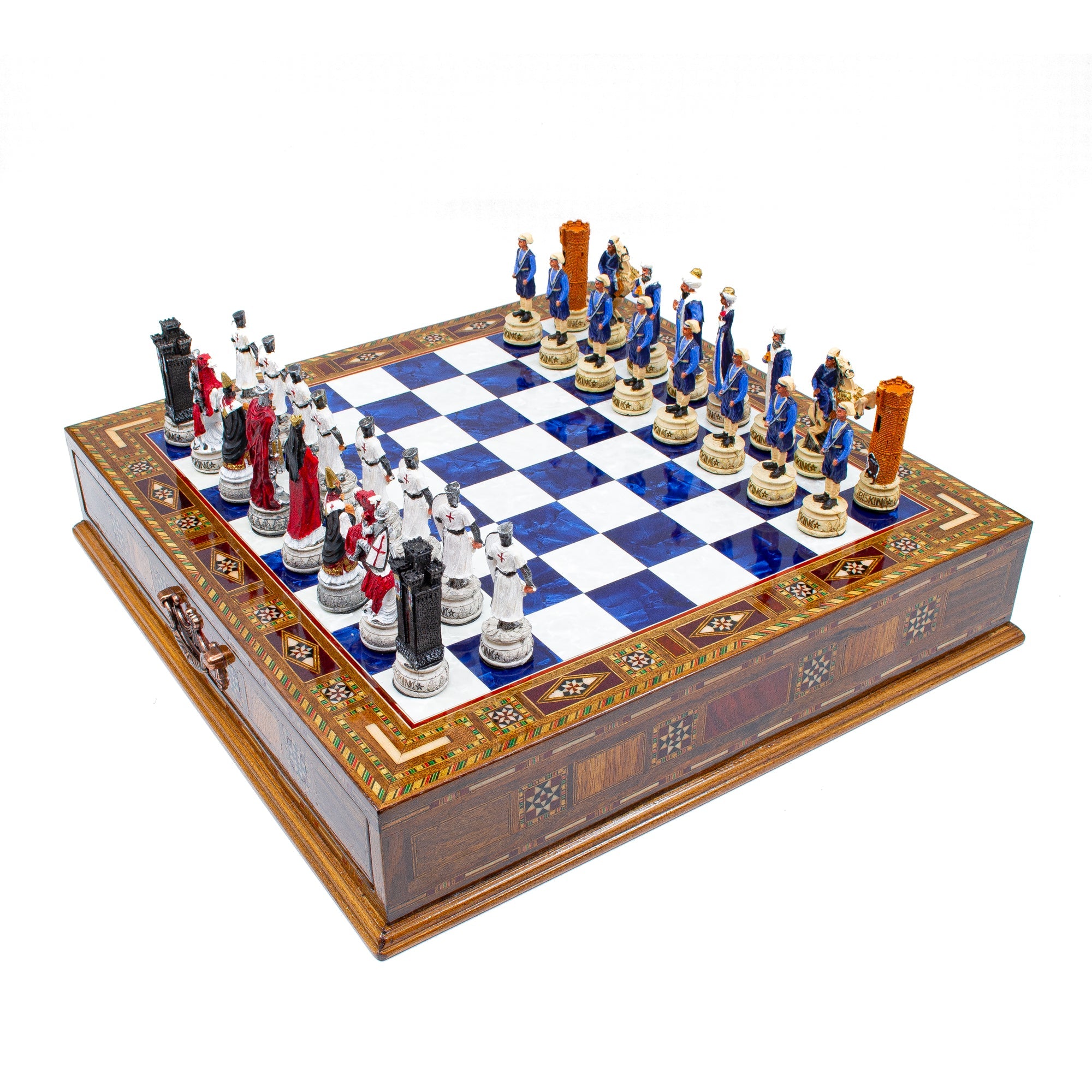
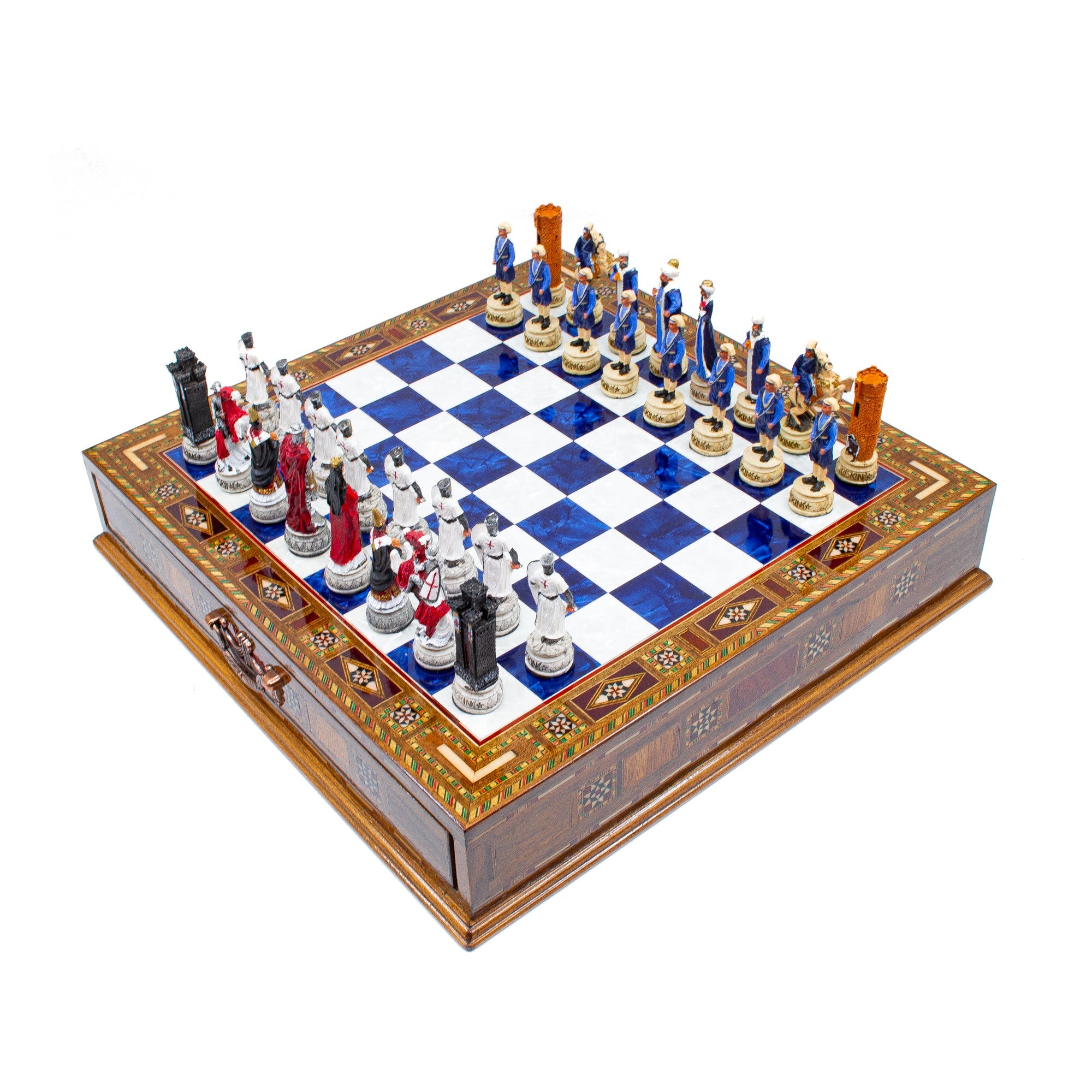
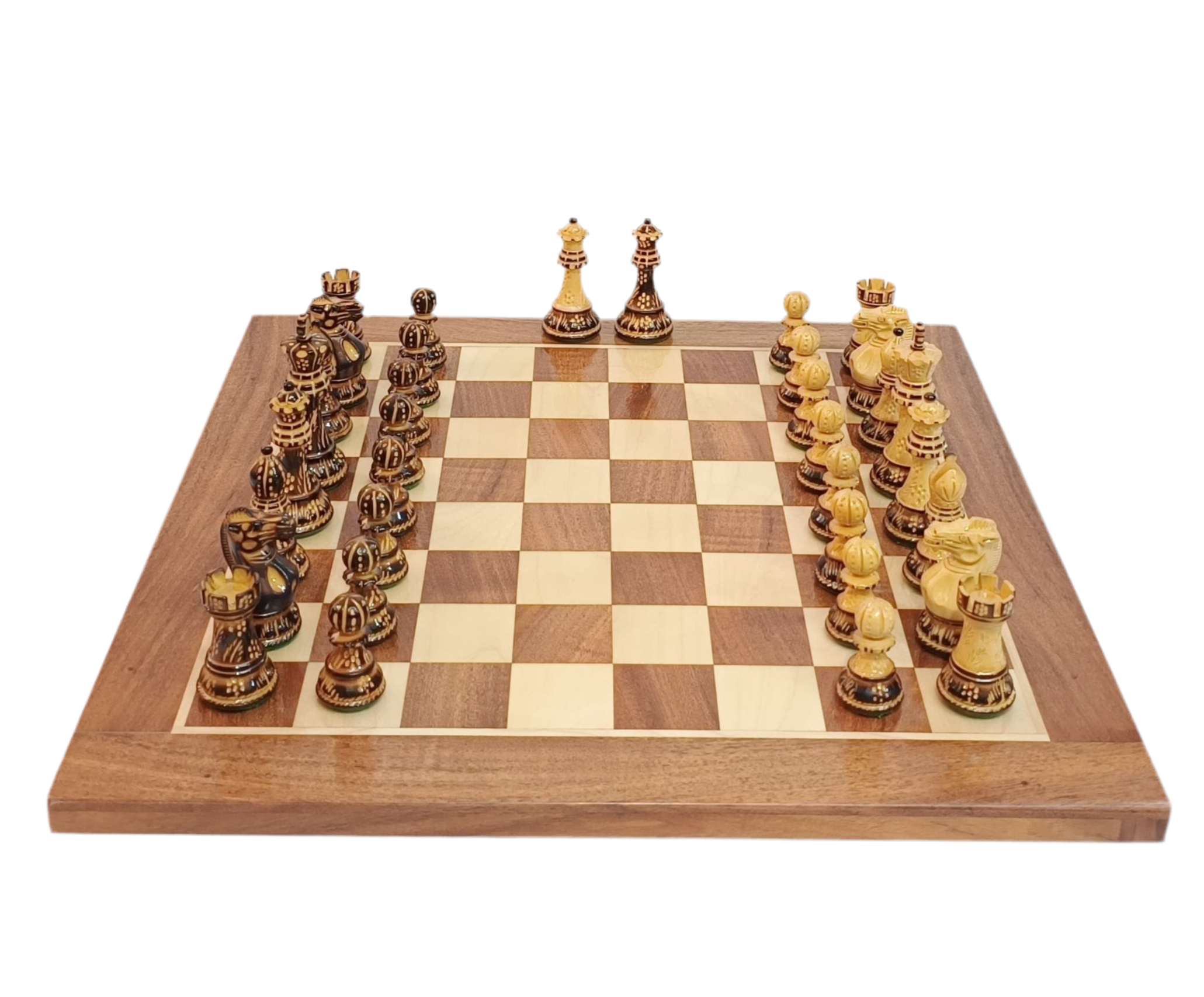
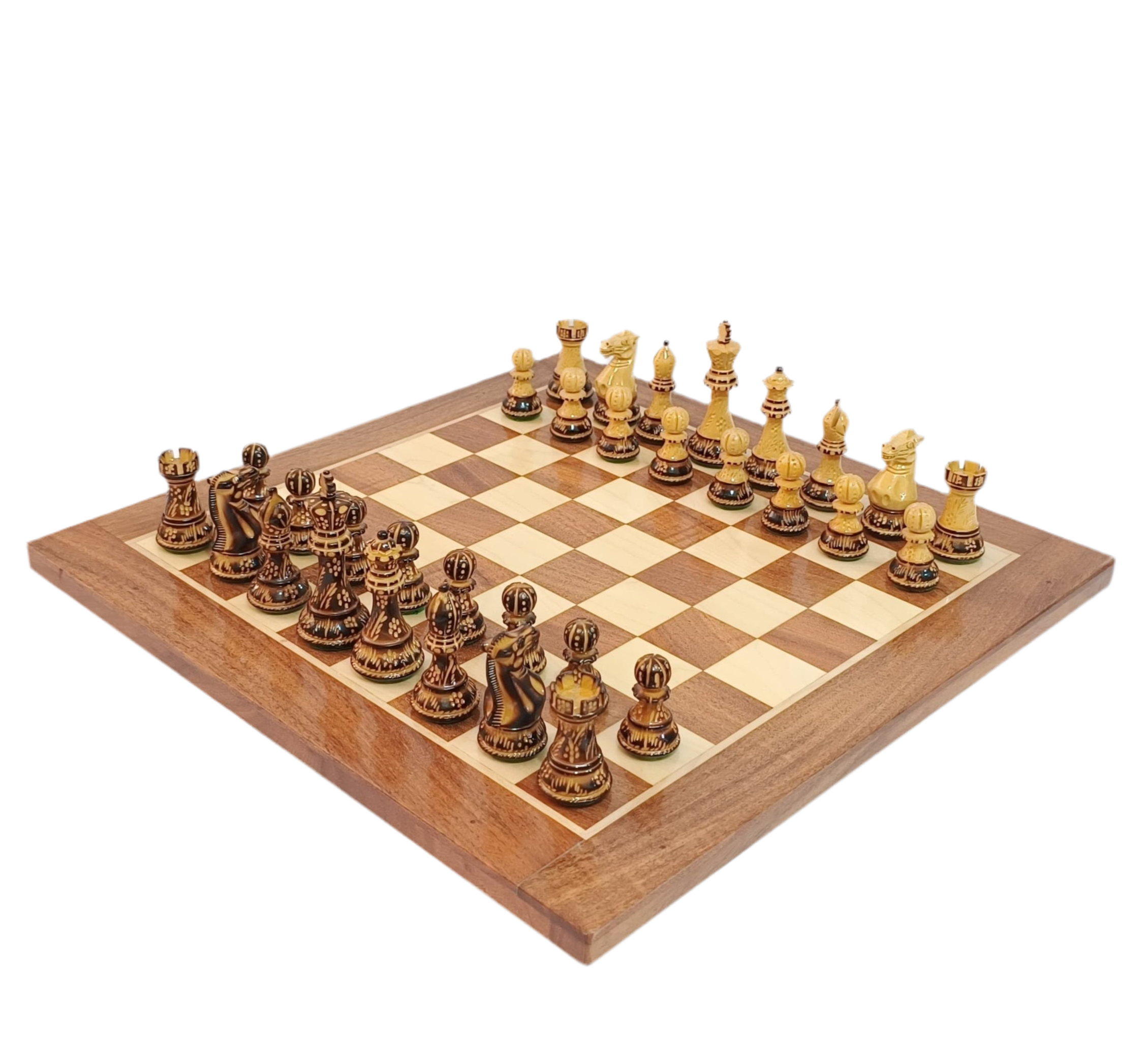
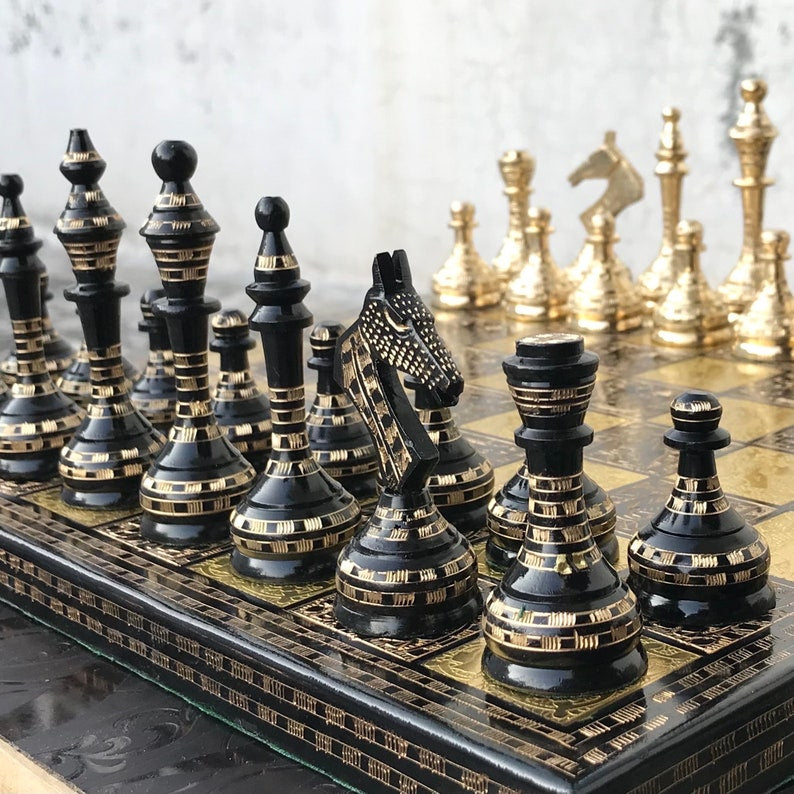
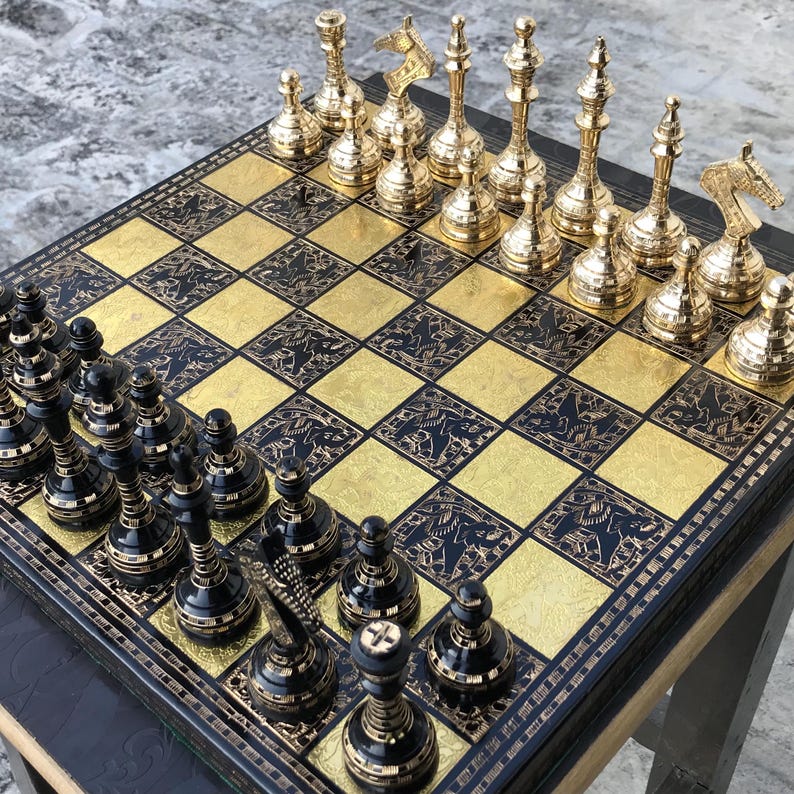
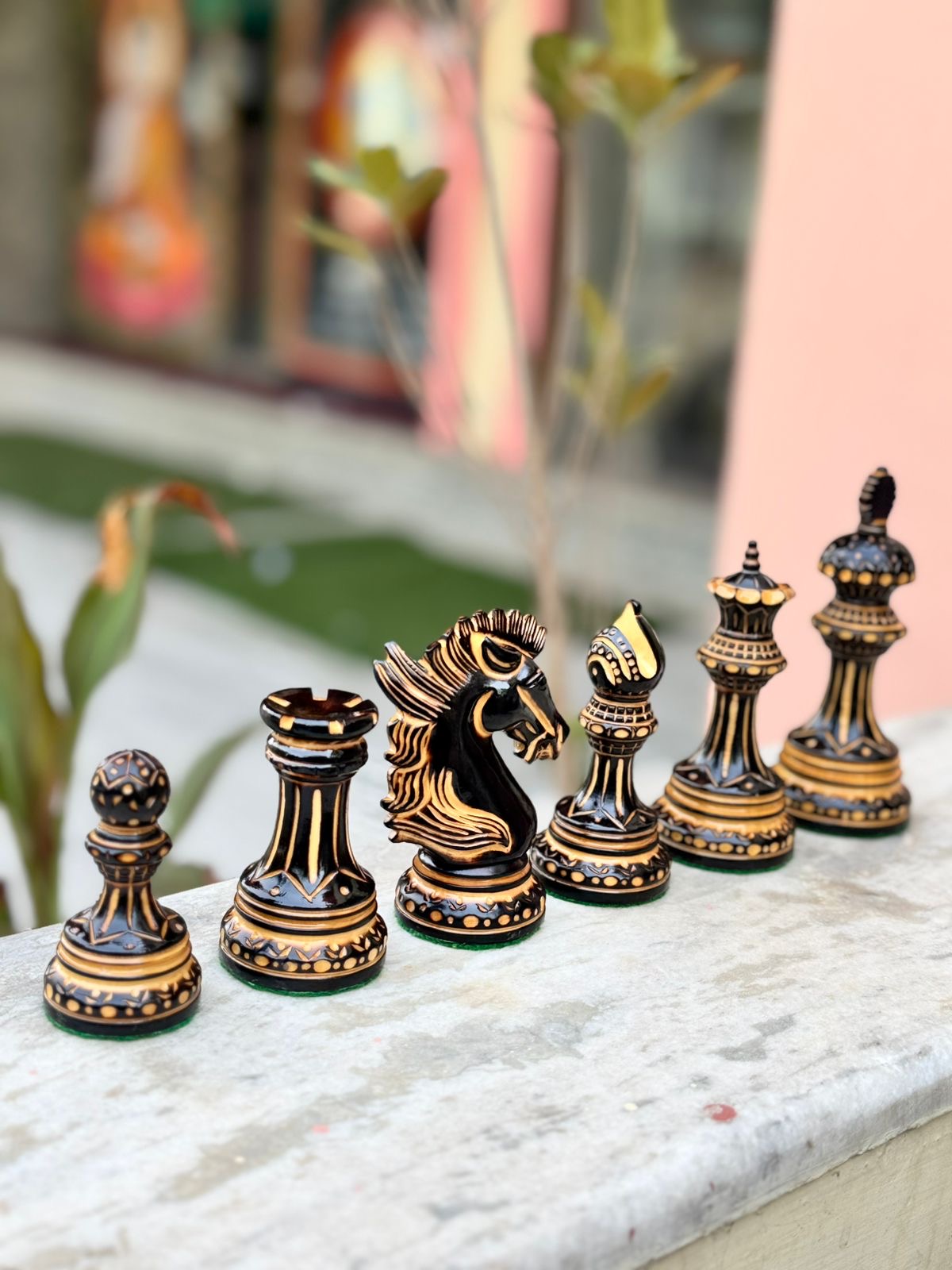

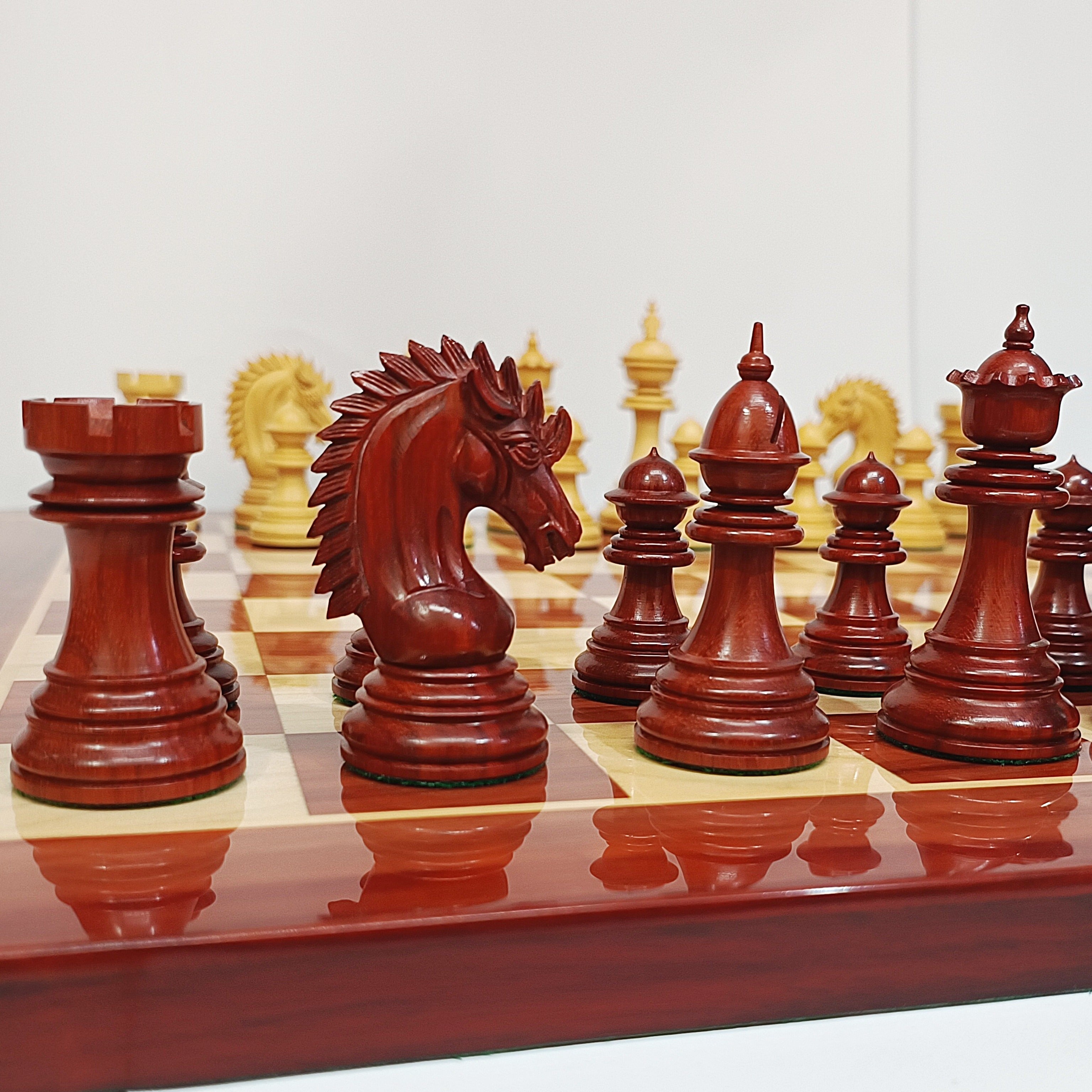
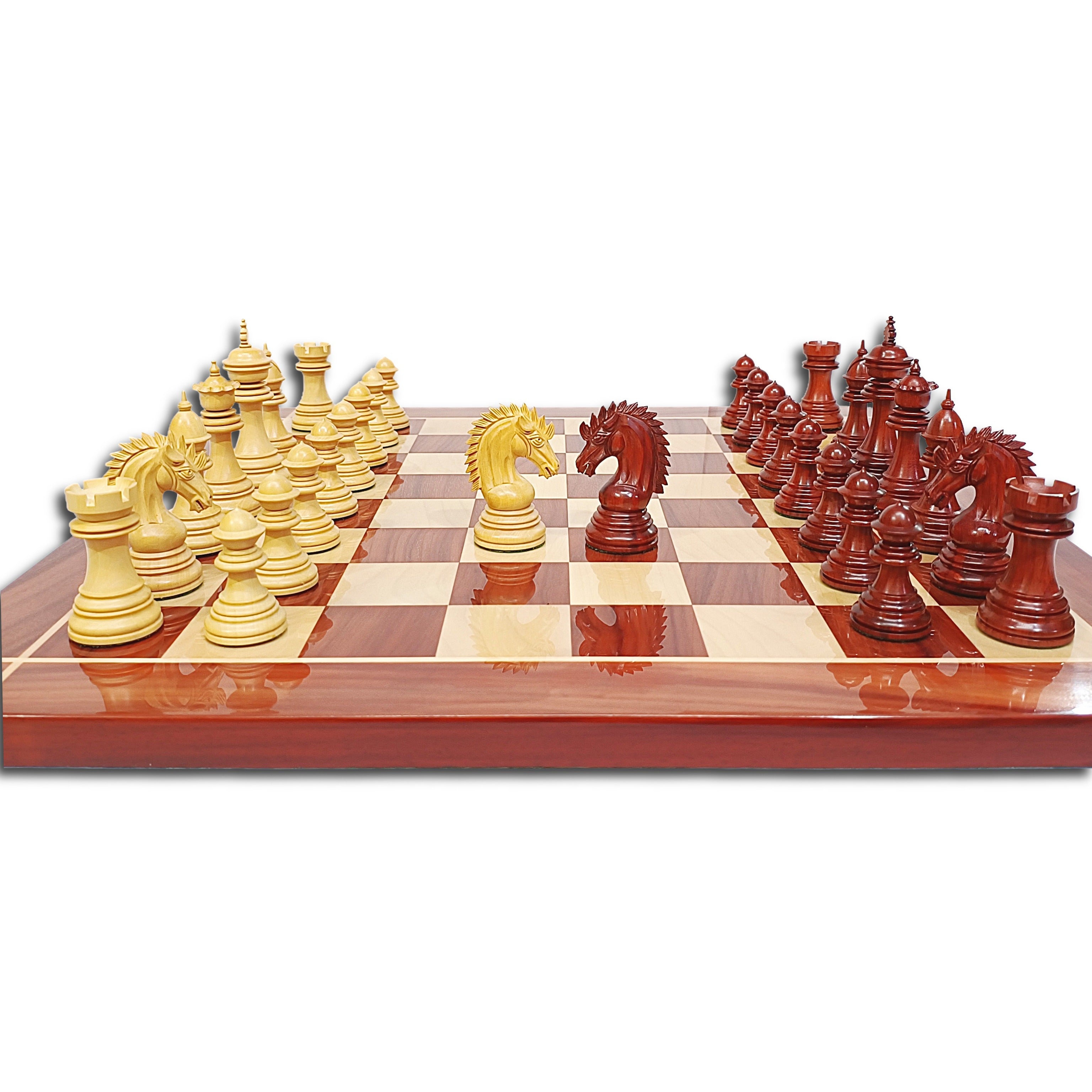

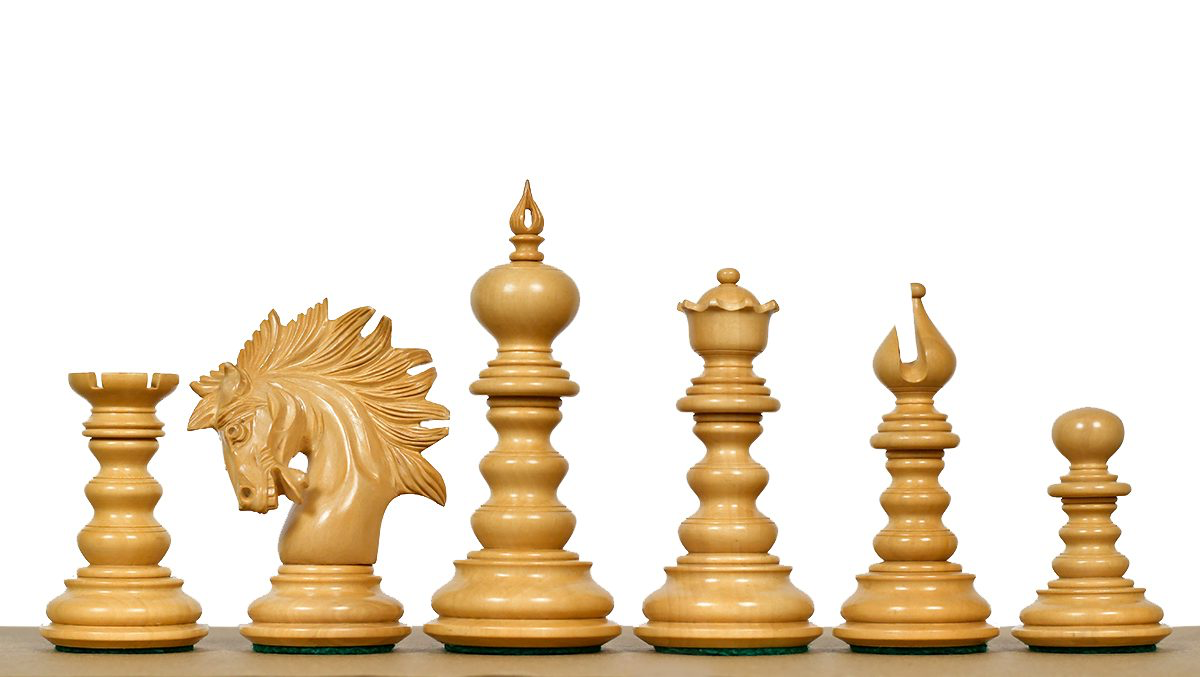
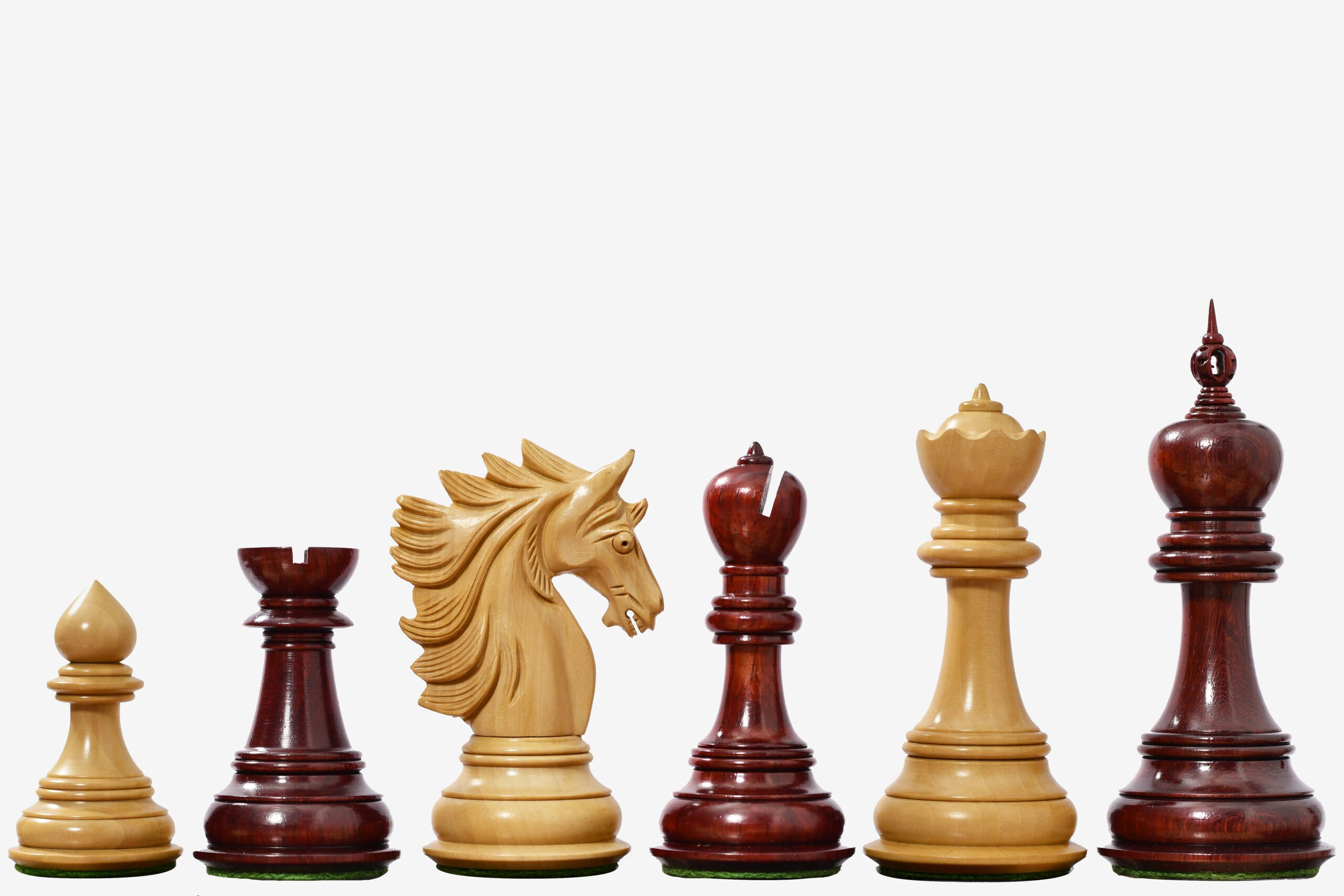
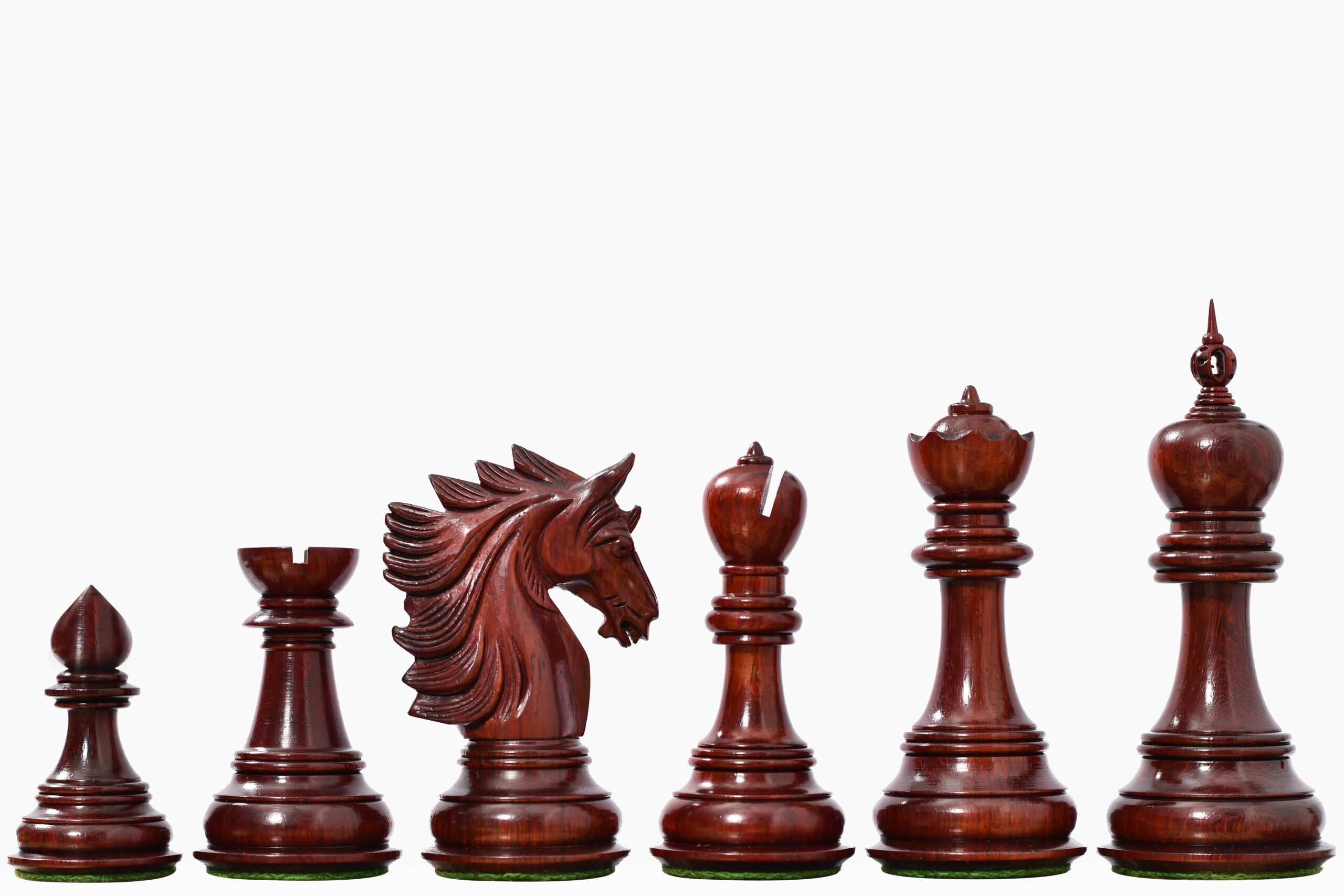
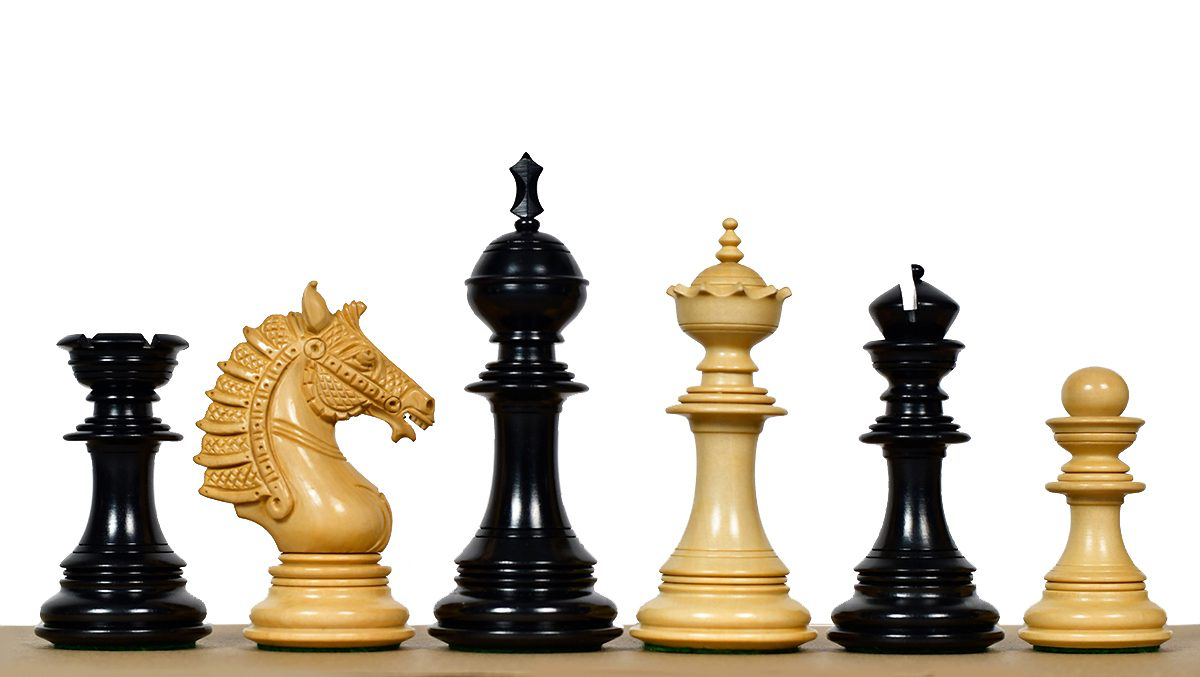
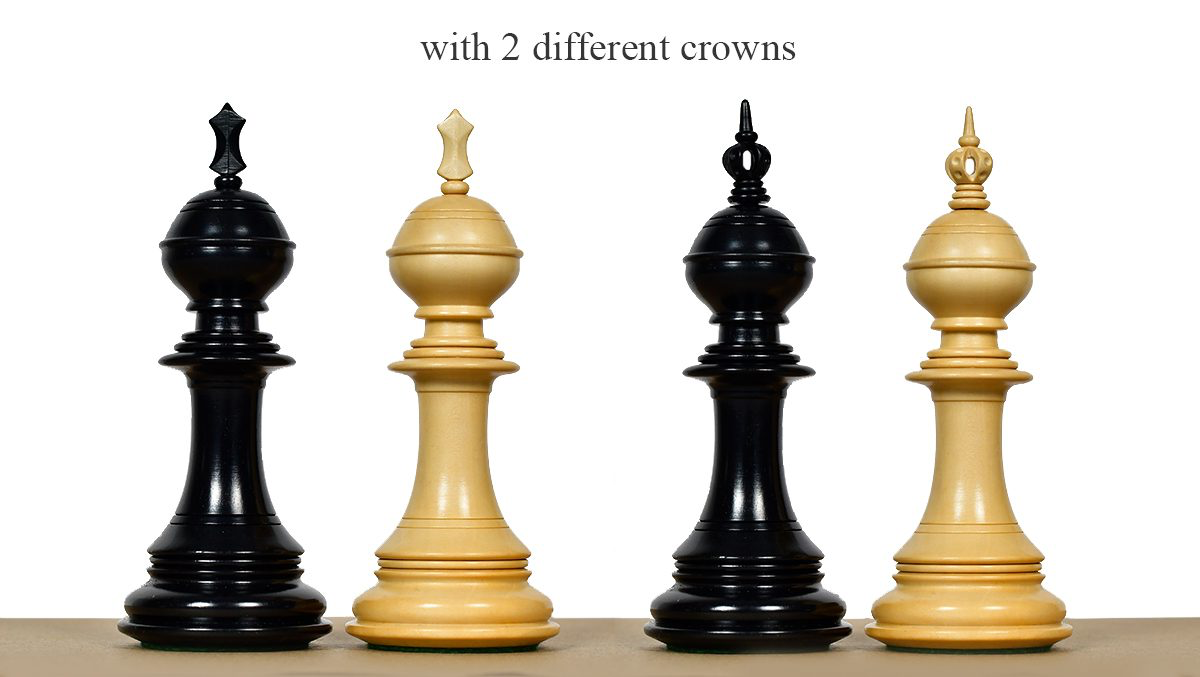
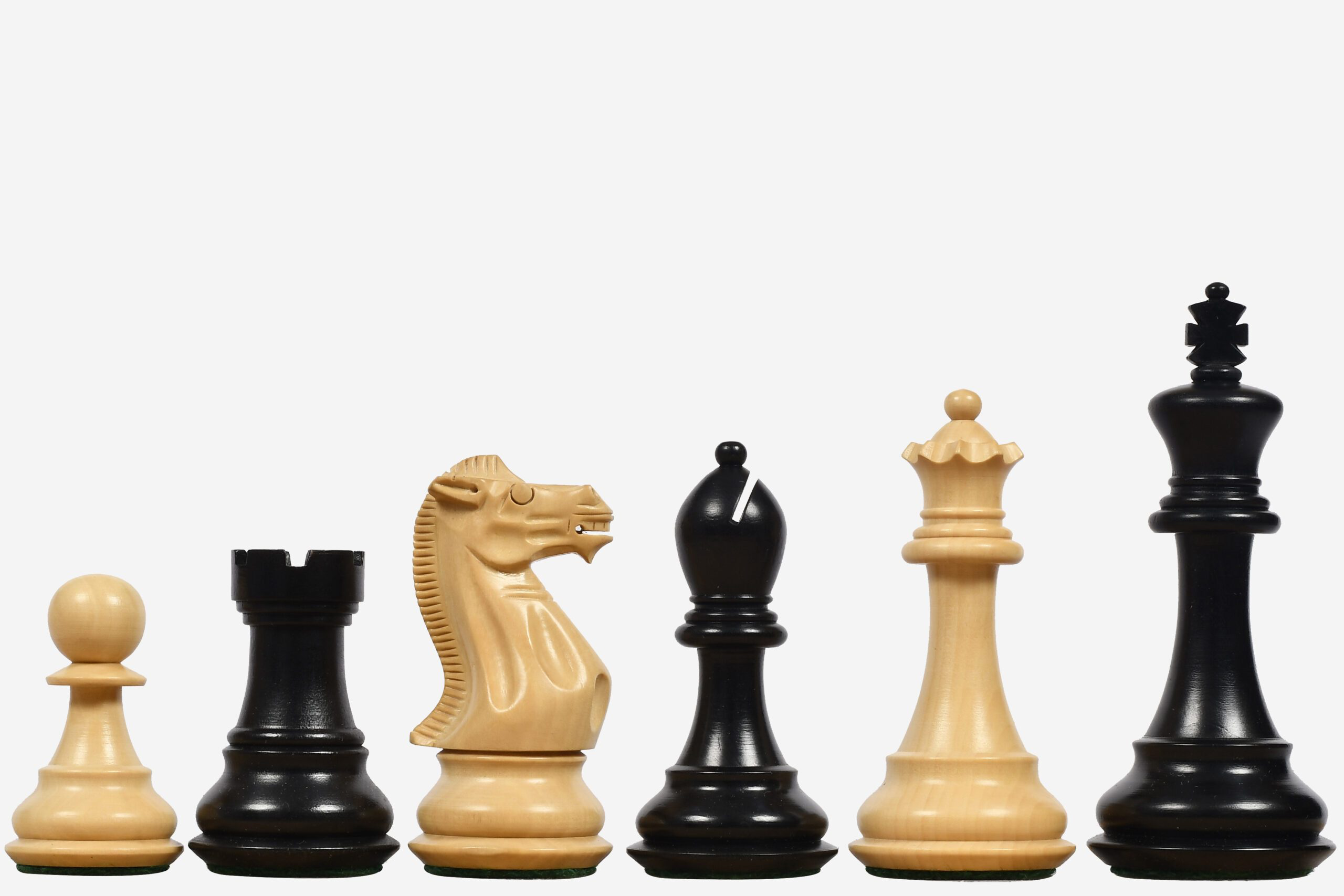
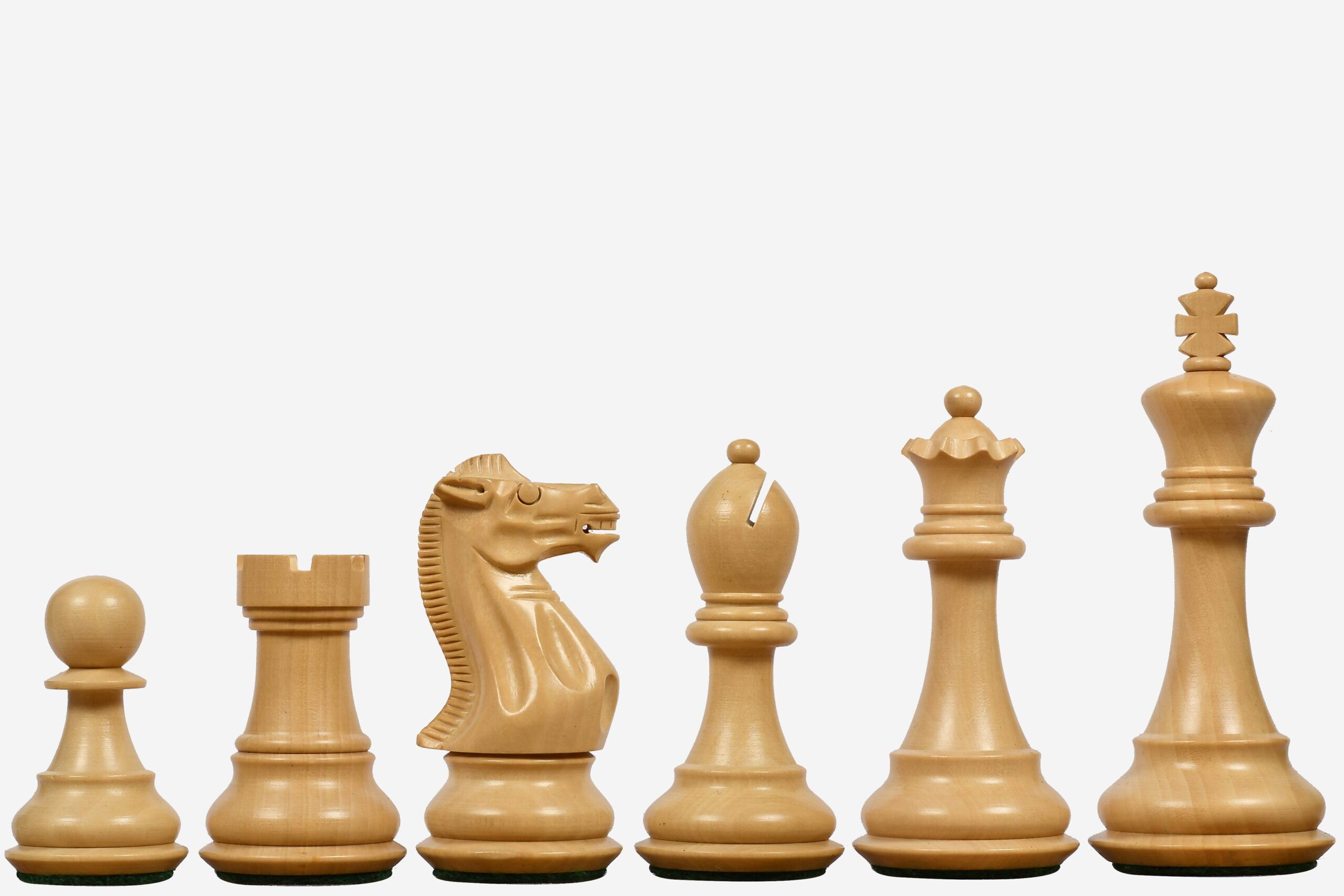
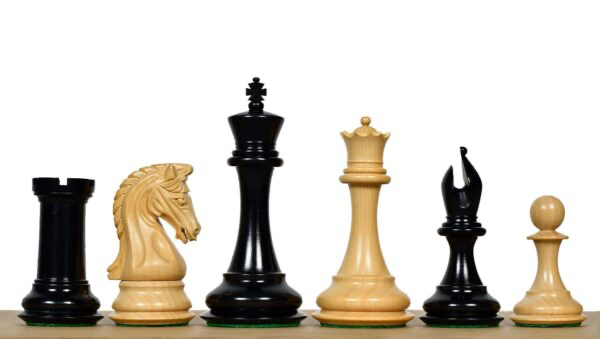
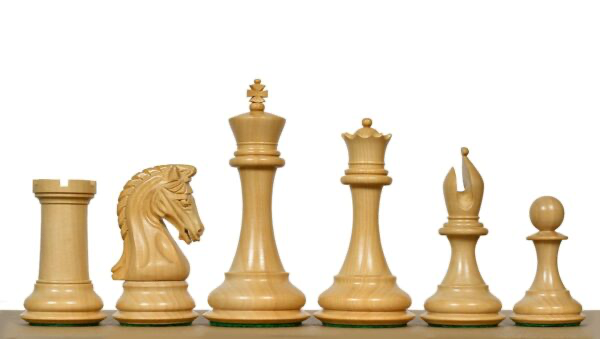
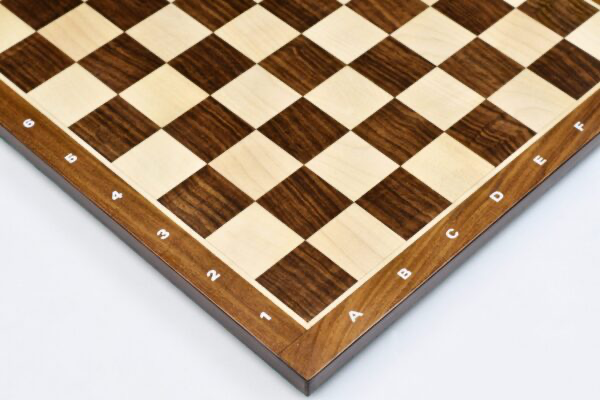
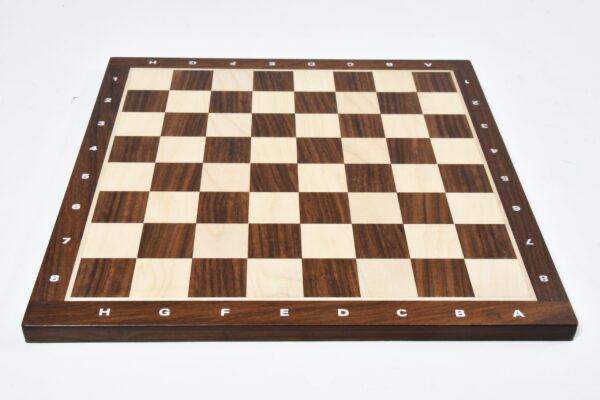
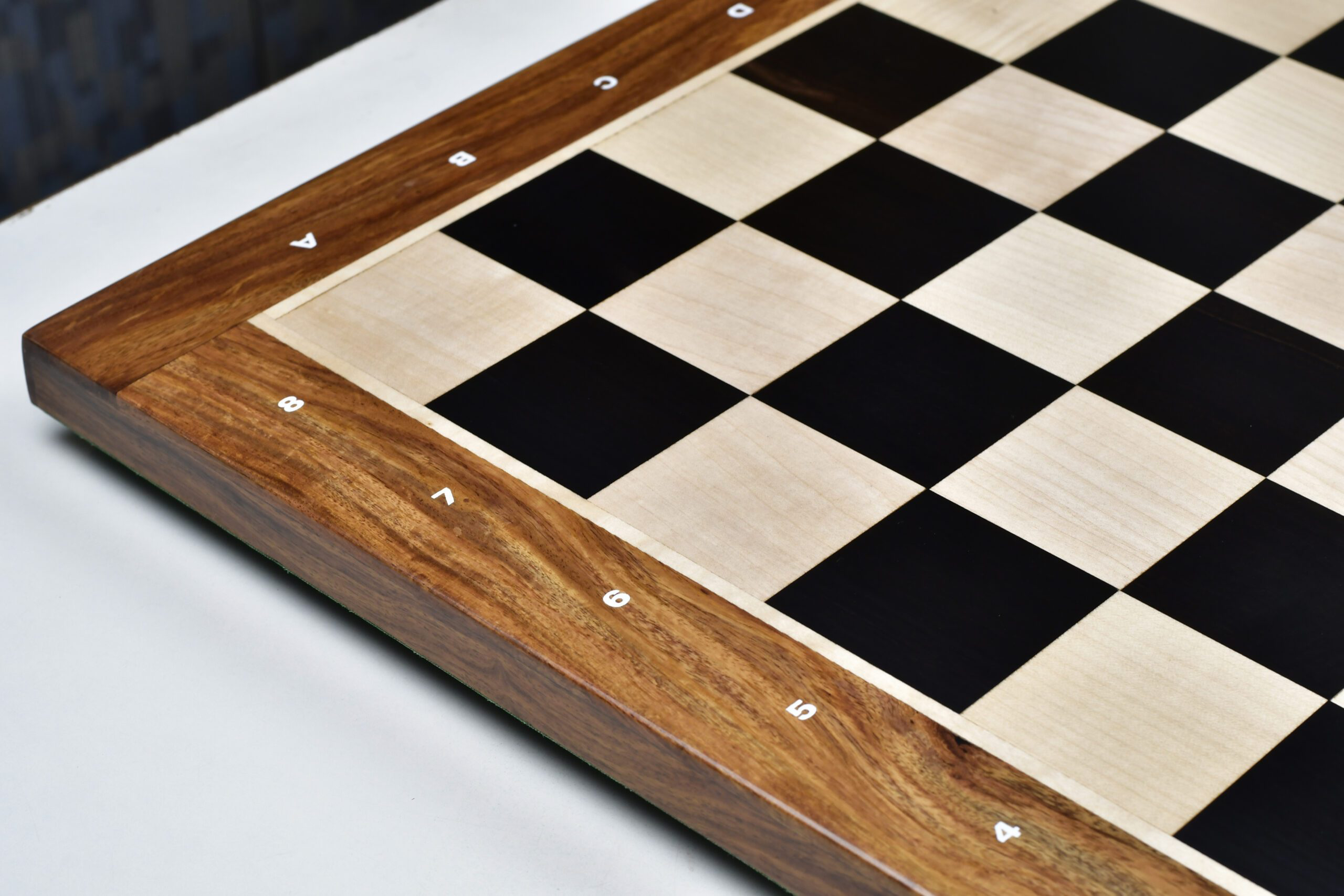
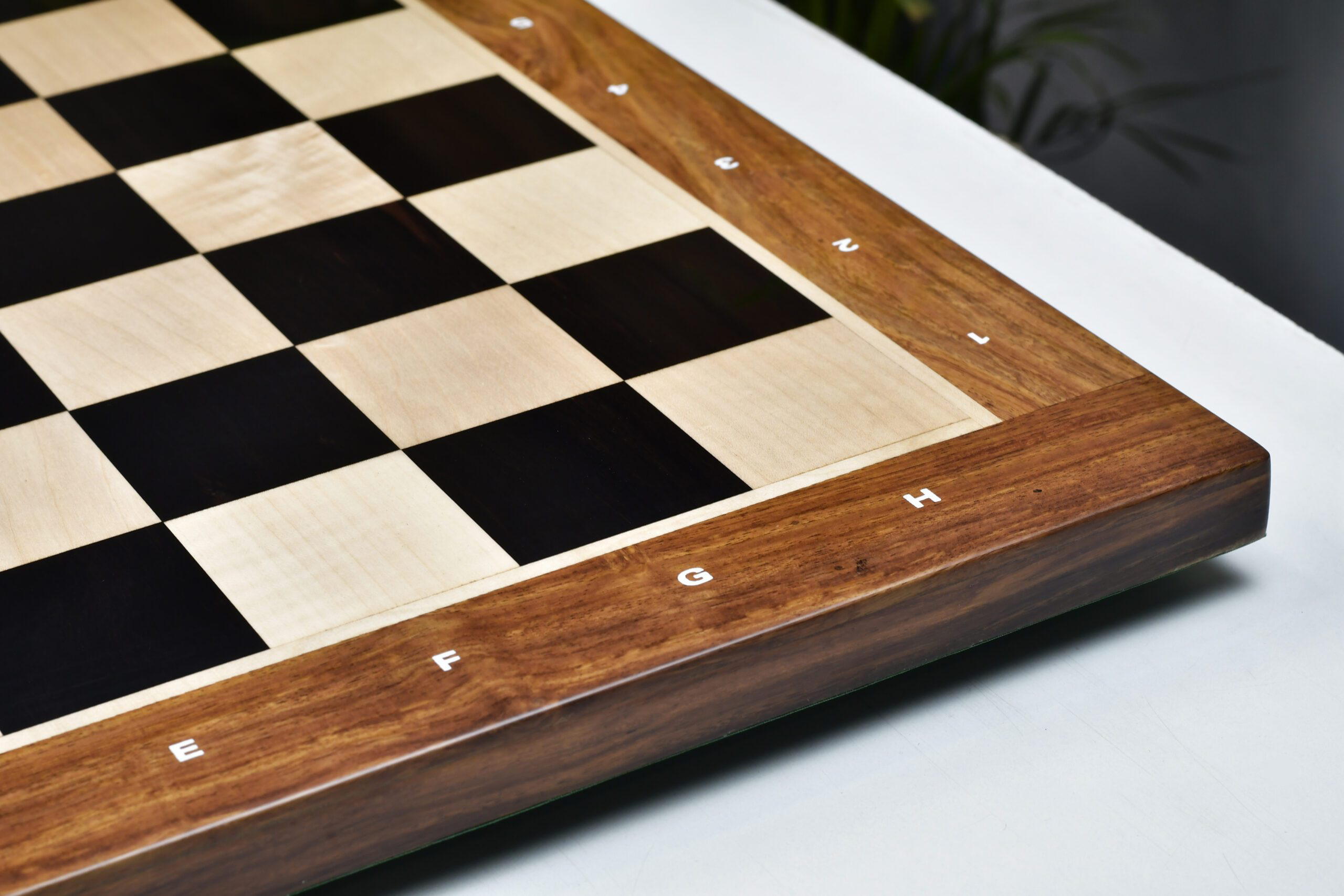


Leave a comment
All comments are moderated before being published.
This site is protected by hCaptcha and the hCaptcha Privacy Policy and Terms of Service apply.